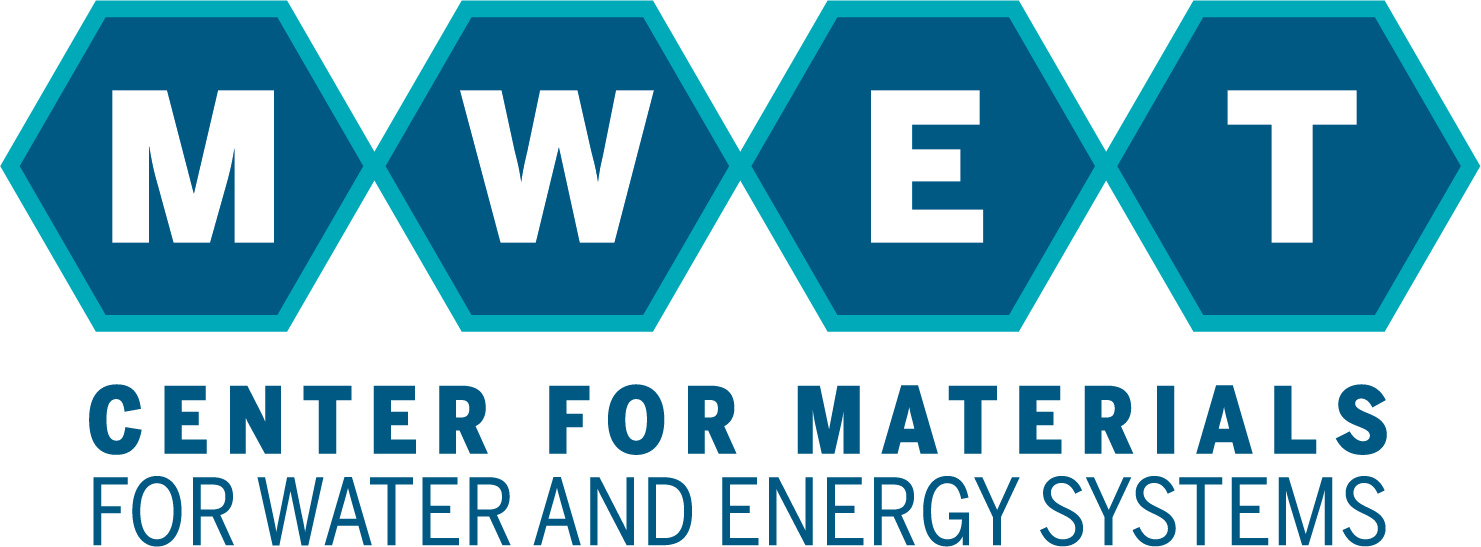
This lecture describes how manufacturing research can expand material options for water treatment membranes.
September 13, 2024, 1:00 - 2:00pm CDT, EER 3.646 or Zoom 828 685 7838
Abstract
The Materials We Leave Behind: How Manufacturing Research Can Expand Material Options for Water Treatment Membranes
The thin film composite (TFC) membrane is a versatile membrane design platform that enables the use of ultra-thin membranes with both high selectivity and productivity. The ultra-thin nature of these fragile membranes necessitates the use of a porous, non-selective, and low resistance support layer that provides mechanical strength. TFC membranes are defined by these two layers being chemically distinct and therefore customizable based on desired characteristics (e.g., cost, processability, selectivity). The most commonly manufactured TFC membranes are reverse osmosis (RO) and nanofiltration (NF) membranes. These membranes are made through interfacial polymerization - a process developed over 40 years ago by John Cadotte - that enables this selective layer to be formed in-situ directly onto the supporting membrane. The process is scalable and leads to high performance RO membranes, though it does have some drawbacks. The process is relatively uncontrollable and is limited to a small subset of polymer materials. In spite of these limitations, this manufacturing process has not changed in over 40 years, meaning TFC membrane use has not expanded into other membrane technology spaces (e.g., gas separations and ion exchange). In this talk, we provide context for why this has happened and offer a new manufacturing innovation, electrohydrodynamic spray, which may enable expansion of TFC membranes beyond RO and NF applications. We demonstrate the formation and scale-up of defect free membranes using both conventional and unconventional polymers for a number of membrane processes.
Biography
Jeffrey McCutcheon is the General Electric Professor of Advanced Manufacturing in the Chemical & Biomolecular Engineering Department at the University of Connecticut. He received a B.S. in Chemical Engineering from the University of Dayton and a Ph.D. in Chemical Engineering from Yale University. For nearly 20 years, he has pioneered work in membrane based separations, notably in the areas of osmotic processes and membrane formation. He has published over 100 refereed publications and has several patents on membrane technology. He has served the separations community as a Director for both the AIChE Separations Division and the North American Membrane Society (NAMS) and recently served as President of NAMS. He currently serves as the Deputy Topic Area lead for the Materials & Manufacturing Topic Area in the National Alliance for Water Innovation, the Department of Energy’s $100M “Water Hub” dedicated to supporting the development of desalination technology in the United States. He has received numerous awards, including the FRI/John G. Kunesh Award from the AIChE Separations Division, the AIChE Separations Division FRI/Neil Yeoman Innovation Award, the North American Membrane Society Permeance Prize and the Global Water Summit Water Technology Idol. He was inducted into the Connecticut Academy of Science and Engineering in 2021. In 2017, he was named the Executive Director of the Fraunhofer USA Center for Energy Innovation and served for 3 years before taking the Center to its now independent status as the Connecticut Center for Applied Separations Technologies (CCAST). CCAST is dedicated to identifying opportunities to implement membrane and other advanced separation technologies in various industrial processes to lower energy use, reduce carbon emissions, limit waste, and prevent adverse environmental and health impacts.

